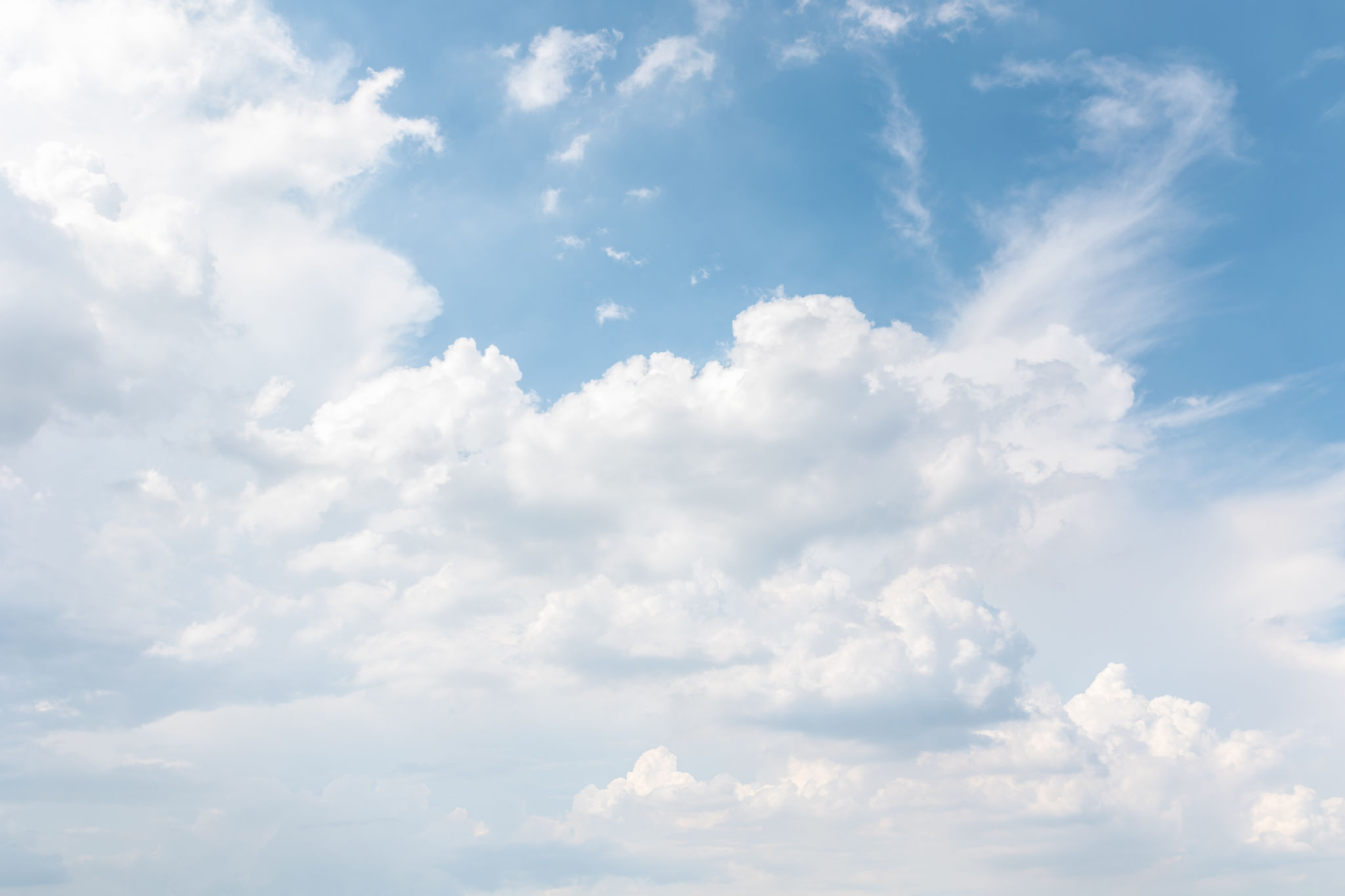The Magic of Natural Light: Tips for Outdoor Photography
Understanding the Importance of Natural Light
Natural light is a powerful tool in the world of photography. It is ever-changing and can transform a simple scene into something extraordinary. The way light interacts with subjects can add depth, highlight details, and create mood. For outdoor photographers, mastering natural light is crucial to capturing breathtaking images.

The Golden Hours
One of the most magical times to shoot outdoors is during the "golden hours"—the first hour after sunrise and the last hour before sunset. During these times, the sun is low in the sky, casting a soft, warm glow that enhances colors and textures. This gentle light reduces harsh shadows and creates a more flattering look for portraits.
To make the most out of golden hours, plan your shoots accordingly. Arrive early to set up and find the perfect spot. Keep in mind that lighting conditions change rapidly during these periods, so you’ll need to work swiftly to capture the best shots.
Utilizing Overcast Days
While sunny days are often preferred, overcast conditions can also be beneficial for outdoor photography. The clouds act as a natural diffuser, softening the light and reducing harsh contrasts. This type of lighting is ideal for shooting portraits as it provides even illumination and minimizes shadows.

On cloudy days, focus on capturing details and textures that might otherwise be lost in bright sunlight. Experiment with different angles and compositions to make the most of the diffuse lighting.
Playing with Shadows and Highlights
Shadows and highlights can add drama and interest to your photos. During midday, when the sun is at its peak, you can use strong shadows creatively to add contrast and structure to your images. Look for patterns or interesting shapes formed by shadows and incorporate them into your composition.
Reflections and Backlighting
Natural light also offers opportunities to explore reflections and backlighting. When photographing near water bodies or reflective surfaces, use them to capture stunning mirror images. Reflections can add symmetry and balance to your photos, creating a sense of harmony.

Backlighting is another technique where the subject is illuminated from behind, creating a halo effect or silhouette. This approach works well during sunrise or sunset when the light is softer. Experiment with different angles to find the perfect balance between light and shadow.
Essential Gear for Outdoor Photography
While natural light plays a significant role, having the right gear can enhance your outdoor photography experience. A reliable tripod helps stabilize your camera for sharp images, especially in low-light conditions. Consider using a polarizing filter to reduce glare and enhance colors, particularly when shooting landscapes.
Post-Processing Tips
Even with optimal lighting conditions, post-processing can elevate your images. Use editing software to adjust exposure, contrast, and color balance to bring out the best in your photos. Be mindful not to over-edit; sometimes less is more when it comes to preserving the natural feel of your images.

In conclusion, understanding and harnessing the magic of natural light can significantly enhance your outdoor photography skills. By experimenting with different techniques and being patient with changing conditions, you'll be able to capture stunning images that showcase the beauty of the natural world.

